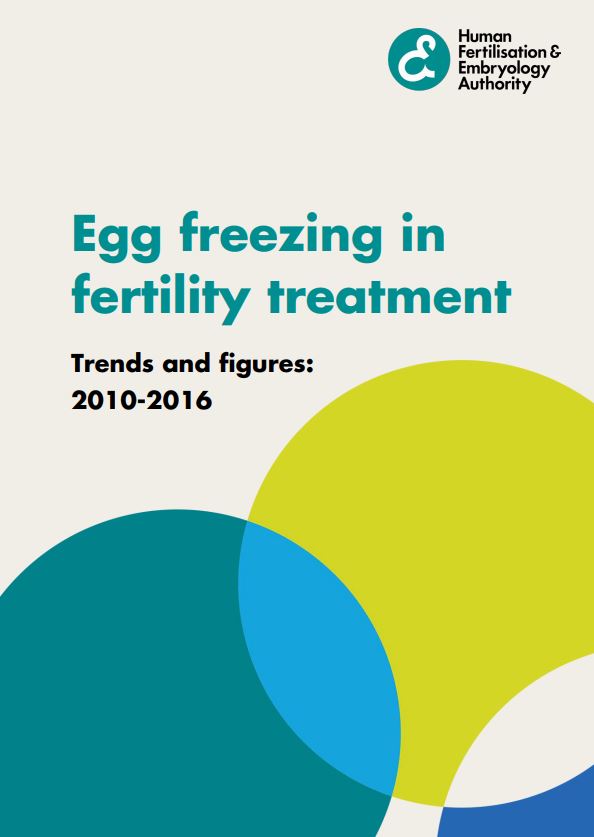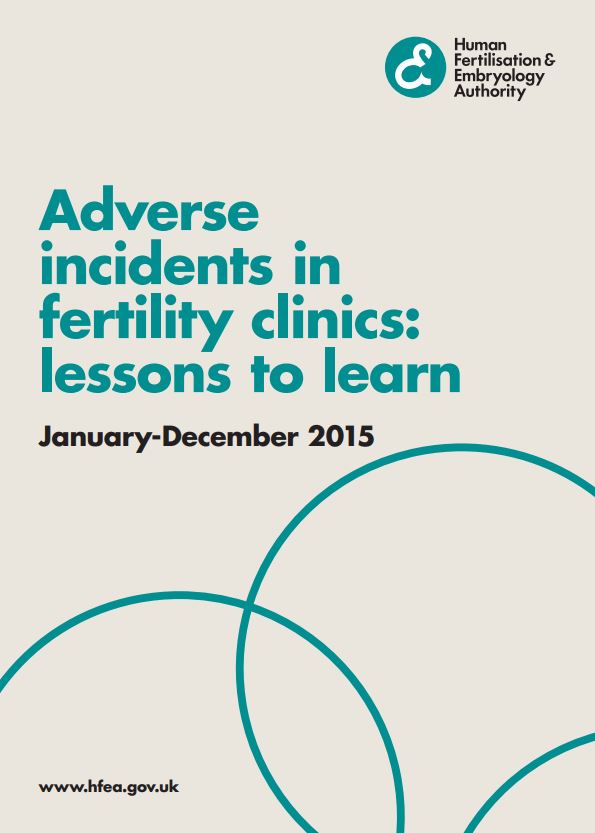Research and data
All HFEA licensed clinics are required by law to provide us with their fertility treatment and outcomes data. We store this in our Register, thought to be the largest database of fertility treatment in the world. Due to the pressures of COVID-19 on clinics and a large-scale data migration project for our data register, treatments and pregnancies from 2020-2022 and birth outcomes from 2019-2022 remain unvalidated. Data validation involves quality checking data submitted from licensed clinics across the UK to verify treatment, pregnancy and birth outcome data is correctly recorded on our data register. Data validation is expected to be completed in 2025.
The HFEA published our most recent annual Register update – Fertility treatment: trends and figures – with preliminary data in July 2024.
To access detailed information on fertility treatment and storage, see our HFEA dashboard.

The fertility sector 2024/25 (published: November 2025)
Our Fertility Sector report provides an overview of our regulatory work for 2024/25.
View the Fertility sector 2024/2025 report
Previous editions
View the State of the fertility sector 2023/2024 report
View the State of the fertility sector 2022/2023 report
View the State of the fertility sector 2021/2022 report
View the State of the fertility sector 2020/2021 report
Download the State of the fertility sector report 2019/2020
Download the State of the fertility sector report 2018/2019
Download the State of the fertility sector report 2018/2019 underlying data
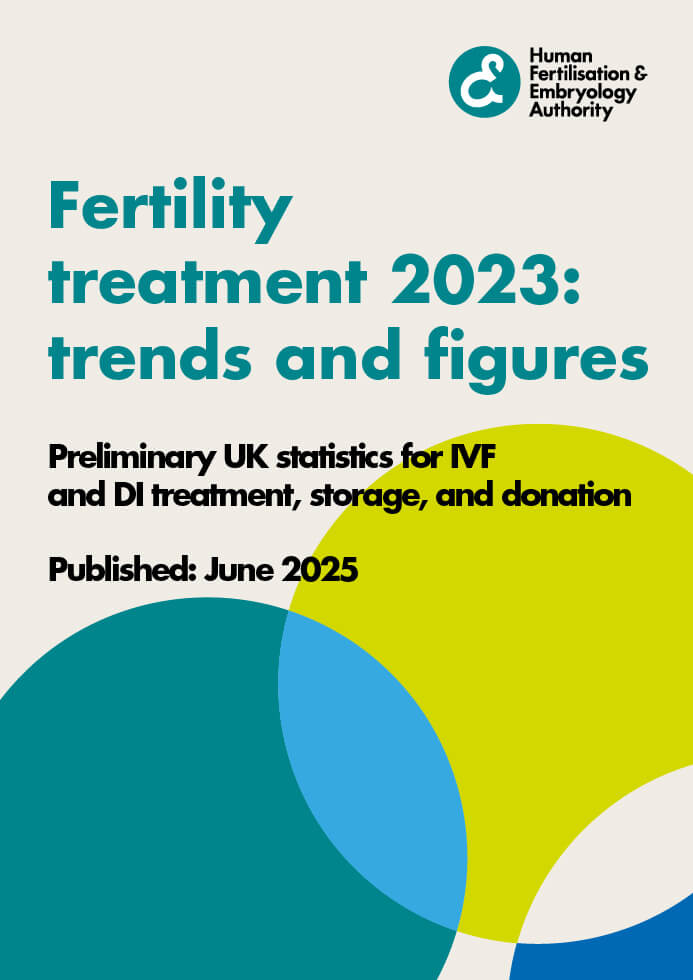
Fertility treatment 2023: trends and figures (published: June 2025)
This is our annual publication covering key information about the number and type of patients treated, the different treatments they had and the pregnancy rates for fertility treatment.
View the Fertility treatment 2023: trends and figures report.
Previous editions
- Fertility treatment 2022: preliminary trends and figures
- Fertility Treatment 2021: preliminary trends and figures
- Fertility Treatment 2019: trends and figures
- Fertility treatment 2018: trends and figures (HTML)
- Fertility treatment 2017: trends and figures.pdf | 3,775KB
- Fertility treatment 2017: trends and figures underlying graph data.xlsx | 116KB
- Fertility treatment 2014 - 2016: trends and figures.pdf | 2,223KB
- Fertility treatment in 2014 - 2016 Datasheet.xlsx | 182KB
- Fertility treatment in 2014 - 2016 graph datasheet.xlsx | 92KB
- Fertility treatment 2014: Trends and figures.pdf | 1,344KB
- Fertility Trends 2014 Datasheet.xlsx | 88KB
- HFEA fertility trends 2013.pdf | 2,608KB
- HFEA fertility trends 2012.pdf | 1,951KB
- HFEA fertility trends 2011.pdf | 1,358KB
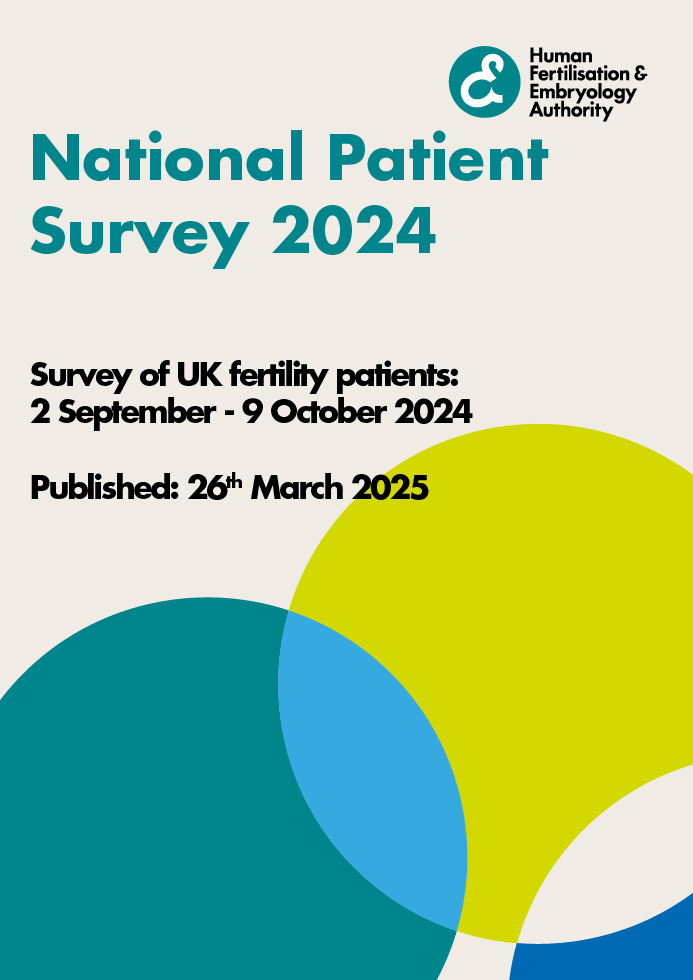
National Patient Survey 2024
Survey of UK fertility patients: 2 September - 9 October 2024.
View the National Patient Survey report 2024.
Previous editions
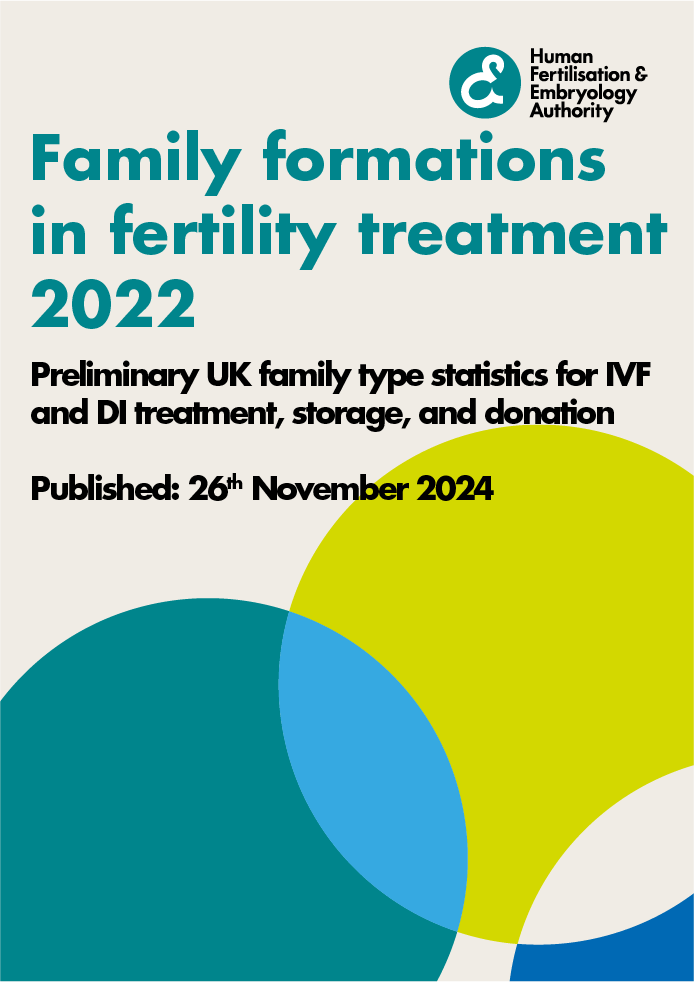
Family formations in fertility treatment 2022 (published: 26th November 2024)
This report covers UK in vitro fertilisation (IVF) and donor insemination (DI) statistics for heterosexual, female same-sex and single patients.
View the Family formations in fertility treatment 2022 report
Previous editions
View the Family formations in fertility treatment 2018 report
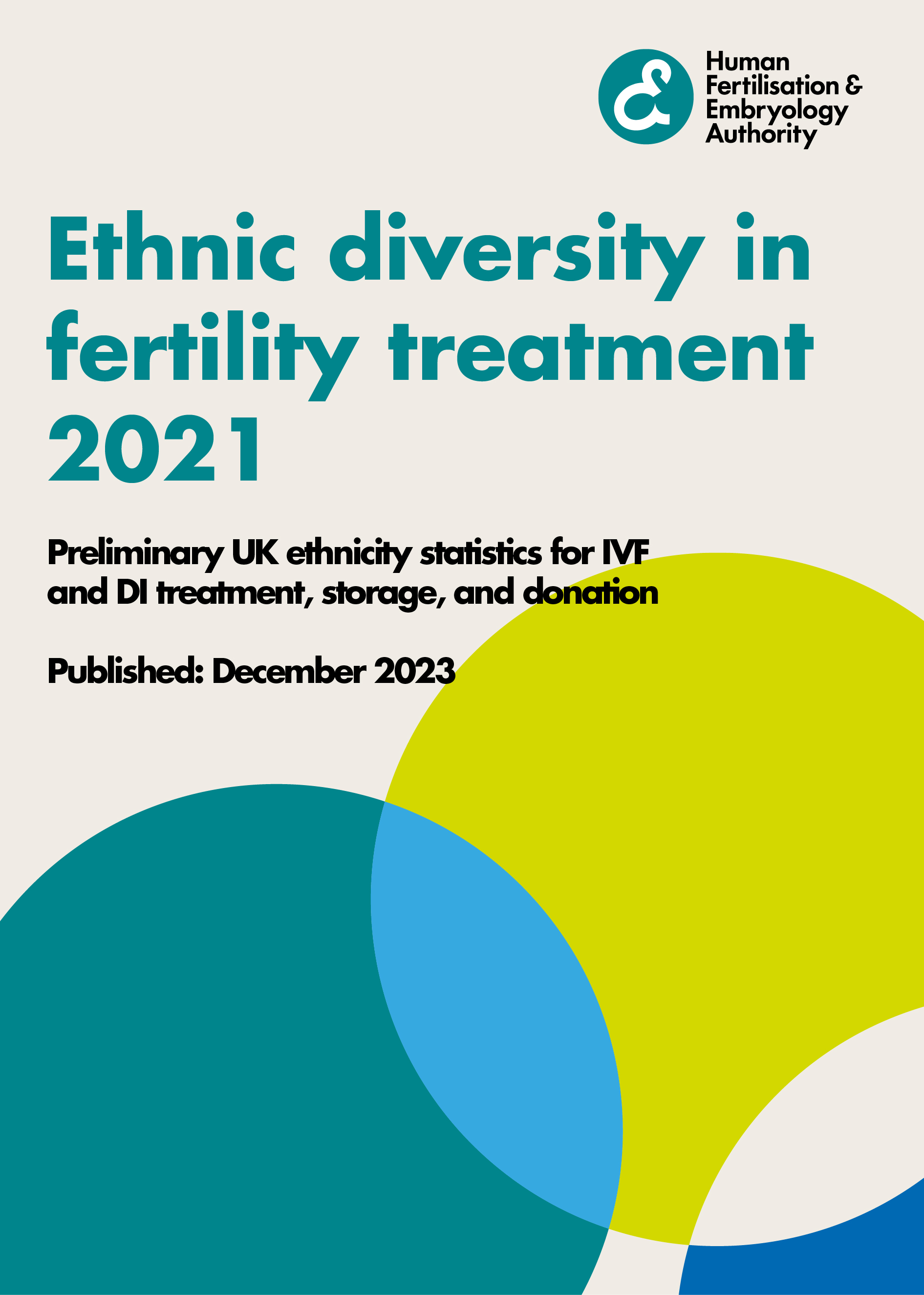
Ethnic diversity in fertility treatment 2021
This report looks at how access to, and outcomes of fertility treatment, differ by ethnic group.
View the Ethnic diversity in fertility treatment 2021 report here.
Previous editions
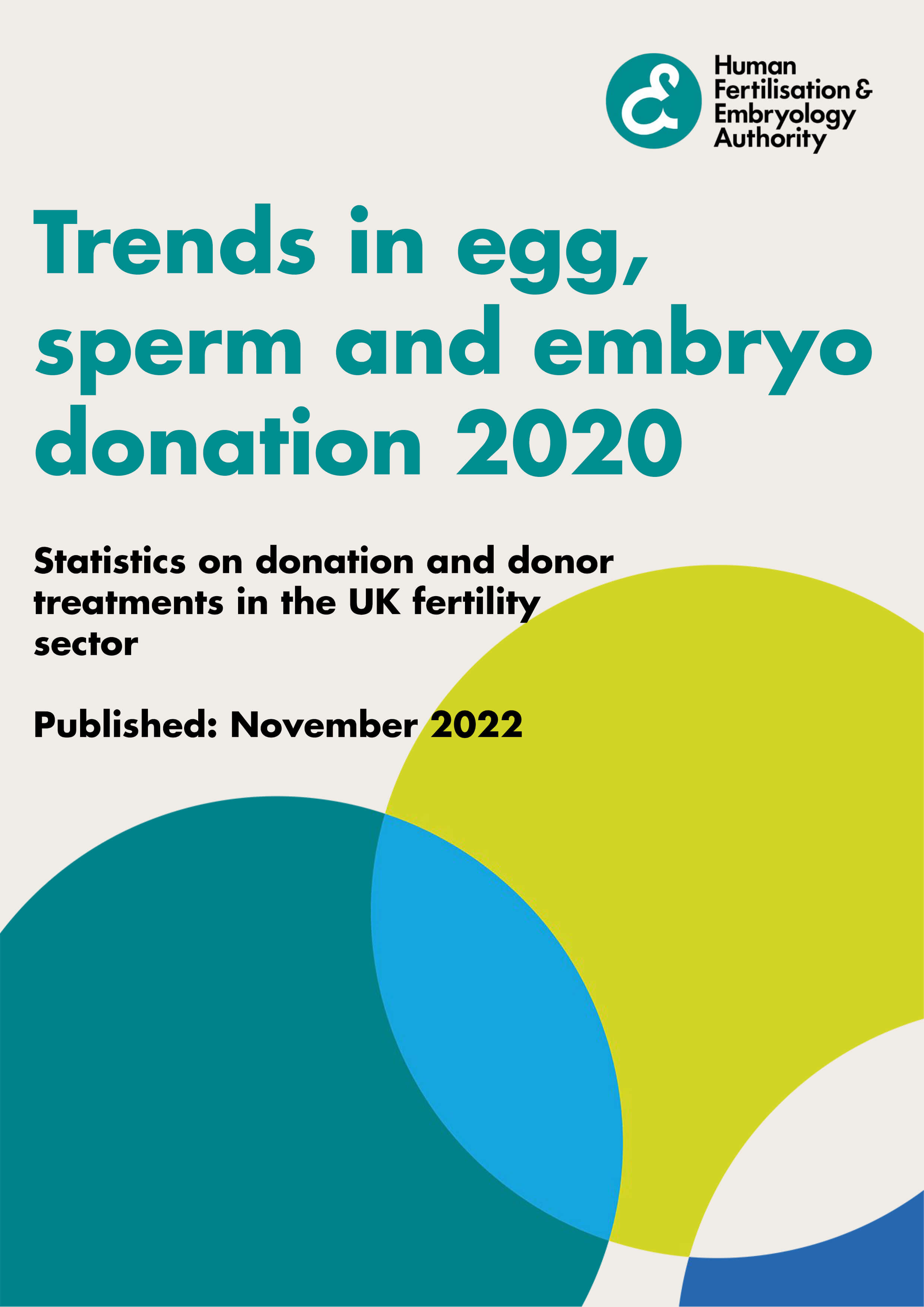
Trends in egg, sperm and embryo donation 2020
Statistics on donation and donor treatments in the UK fertility sector.
View the Trends in egg, sperm and embryo donation 2020 report.
Previous editions
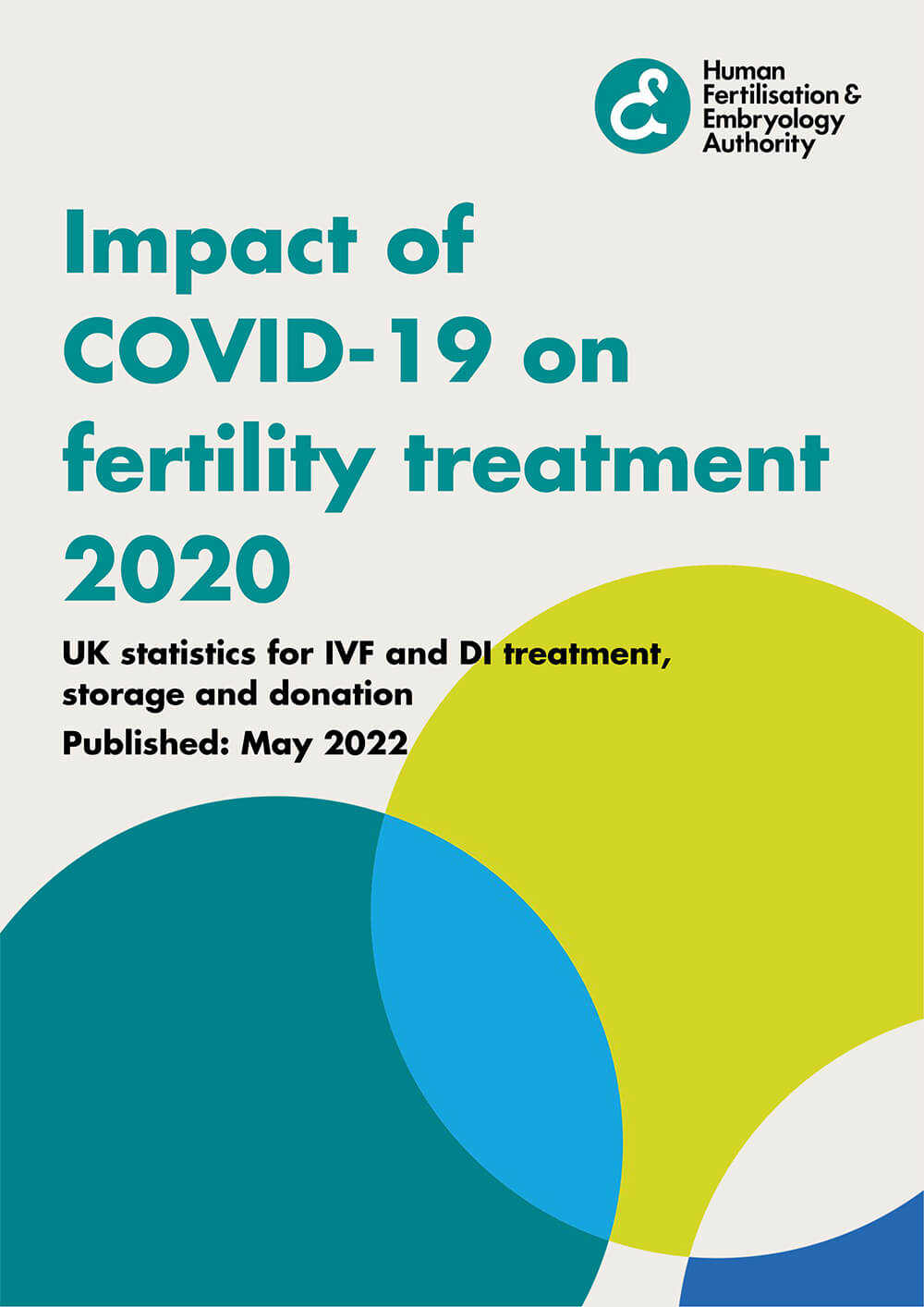
Impact of COVID-19 on fertility treatment 2020
This report looks at changes in UK fertility treatment during the COVID-19 pandemic, including treatment numbers, funding, and donation.
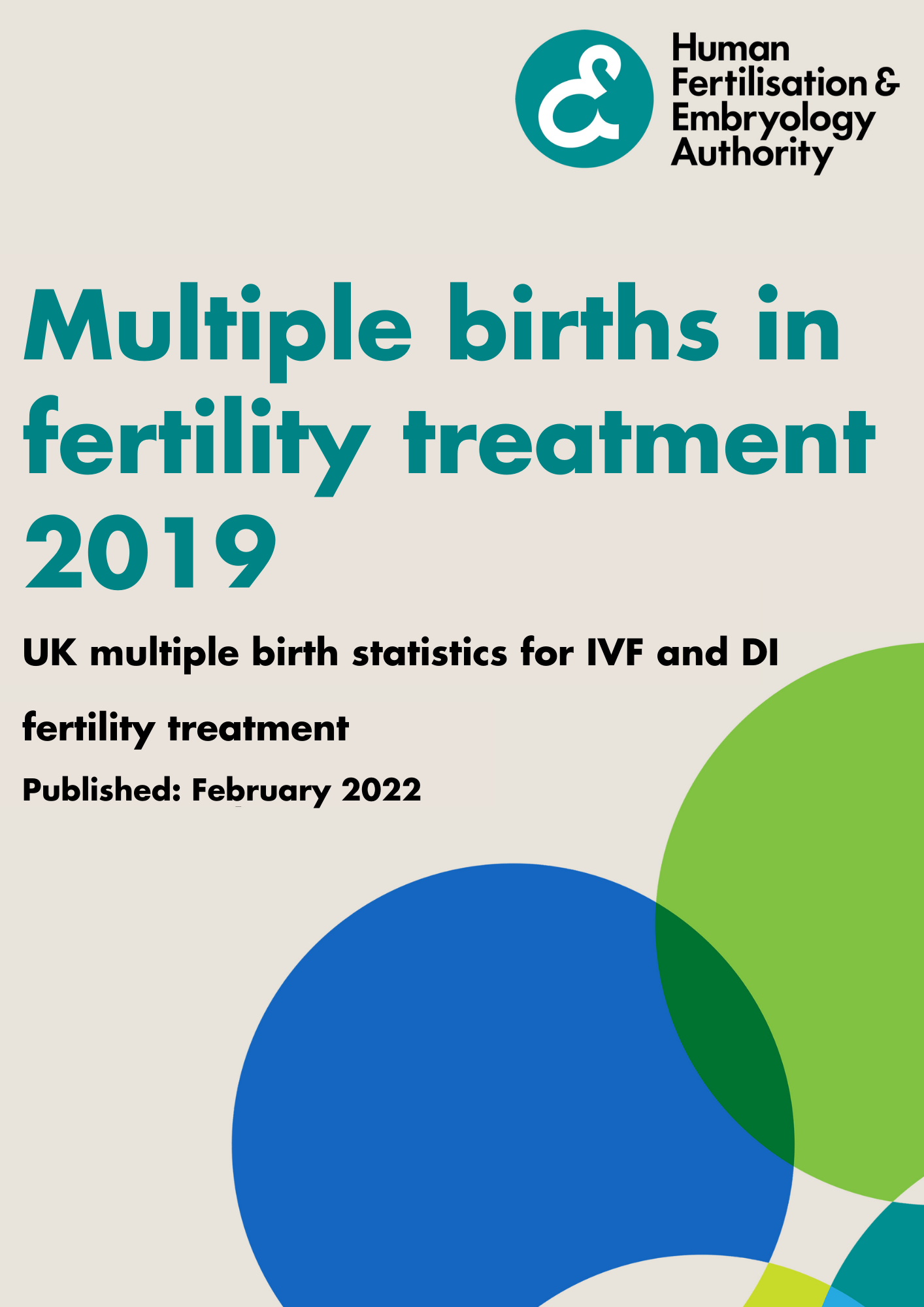
Multiple births in fertility treatment 2019
This report looks at changes in multiple births over time, including differences by patient age, egg source, ethnicity and funding.
View the Multiple births in fertility treatment 2019.
Previous editions
Egg freezing in fertility treatment (released September 2018)
Our egg freezing report covers the trends and figures relating to egg freezing and the use of thawed eggs in fertility treatment from 2010 to 2016.
When looking at success rates for frozen eggs, numbers tend to be quite low. The technology for egg freezing has also improved over the years which means older data isn’t comparable to current success rates. We advise patients to look at success rates for fresh IVF cycles with patients using their own eggs in their age band. We consider these rates to be more reliable as there are much higher numbers of fresh embryo transfers each year compared to egg freezing. This information can be found in Choose a Fertility Clinic and in our Fertility Trends report.
Download the full report (PDF 784 KB)
Download the patient friendly version of the report (PDF 1.07 MB)
Download the supplement to the report (PDF 92 KB)
Download the data sheet of this report (XLSX 56 KB)
Adverse incidents in fertility clinics: lessons to learn
The vast majority of fertility treatments are carried out without any problems occurring but, as in any clinical setting, mistakes can happen. Most people understand there are risks associated with any kind of healthcare, but they also rightly expect healthcare professionals to learn from those mistakes.
This annual report provides details of clinic incidents, allowing clinics to learn from each other and improve patient care.
Find out more about us
Review date: 13 November 2027


